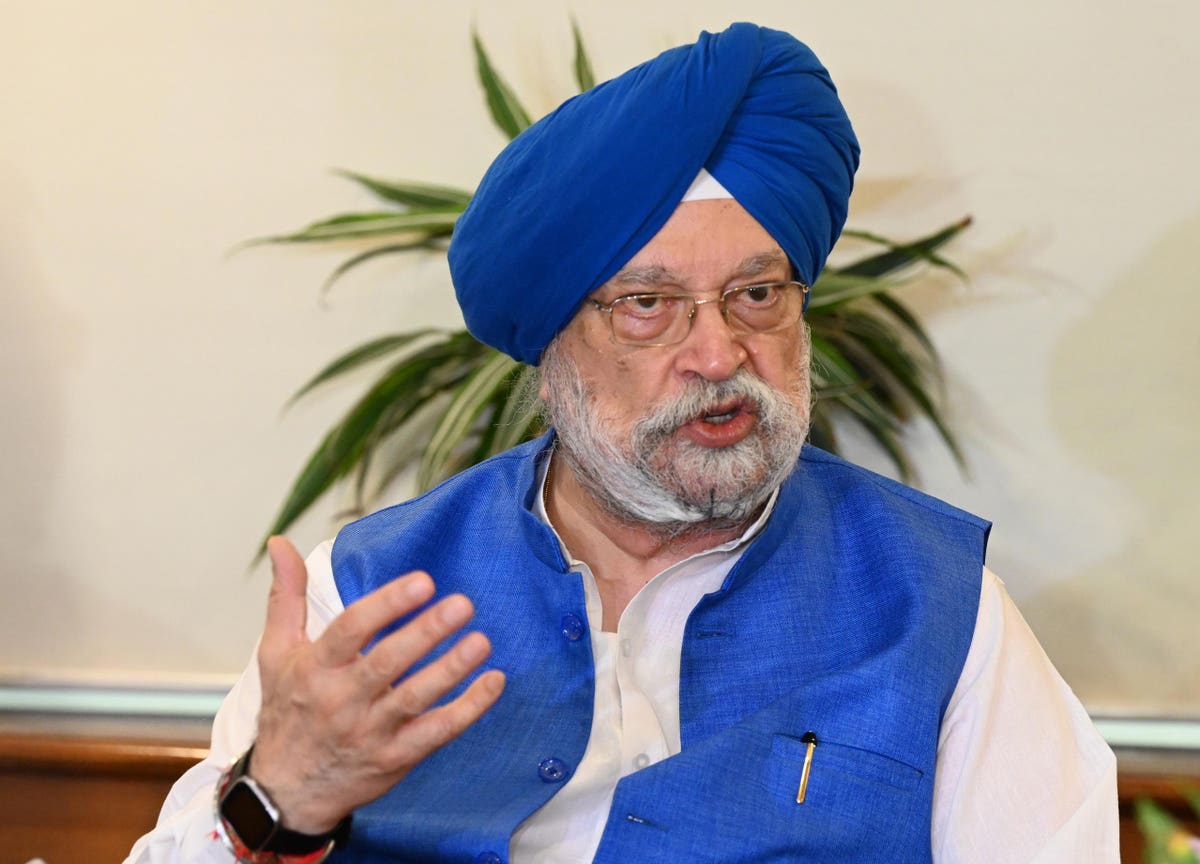“Oil producers need to show sensitivity towards the consuming countries.” This was the message from Hardeep Singh Puri, India’s Minister of Petroleum and Natural Gas in Abu Dhabi on October 3rd. Global oil prices have been steadily rising since late June, as traders and the financial media increasingly talk of barrels costing from $100 to $150.
The latest data from the US Strategic Petroleum Reserve said that there were 17 days left, as of September 22nd. Washington DC had opened the taps to counter Saudi and Russian efforts to drive up oil prices earlier this year. In early September, the two producers announced their commitment to stick to production cuts – 1 million barrels per day (bpd) by Saudi Arabia, and 300,000 bpd by Russia. Meanwhile, estimates say that global oil demand will keep rising throughout the rest of the year.
Mr Puri argued that “during pandemic, when crude oil prices crashed, the world came together to stabilize the prices to make it sustainable for the producers”. Therefore, in his view, oil producers should correspond.
The market squeeze plays into a broader phenomena of few countries concentrating production on key commodities, which has been recently highlighted by an IMF report. The story is very similar when considering “green transition metals”, such as nickel, cobalt, and lithium.
Qatar negotiations and unlikely partners
In a complex turn of events, some investors and policymakers argue that the US should reach out to Iran and Venezuela. Negotiations that took place in Qatar earlier this year could already point in this direction. A small country in the Persian Gulf, it has been a trusted mediator for the US and a wide range of opponents, from the Taliban to Iran to Venezuela.
The Biden administration recently struck a deal with Iran involving a prisoner swap and unfreezing $6bn in assets. However, the US has been extremely cautious in such negotiations. Sanctions on drone manufacturing were put in place shortly after the deal was announced. According to Tanner Manley, from the Middle East Council on Global Affairs, this was done in part to respond to criticism that the White House was being too easy on the Iranian government.
On September 27th, Qatari State Minister for Foreign Affairs Soltan bin Saad Al-Muraikhi landed in Caracas for an official state visit. It could be that this visit was related to negotiations that took place between representatives of Venezuela and the US in Doha last June, according to El Pais.
Another topic could have been related to the Emir of Qatar’s visit to Guyana just before the UN General Assembly in New York. Sheikh Tamim bin Hamad Al Thani arrived in Georgetown as tensions rose between Guyana and Venezuela over the disputed Essequibo region.
Venezuelan crude?
India had been able to buy Venezuelan crude at discounted prices as the Trump administration ramped up its regime change campaign, just as it is doing with Russia today. However, from 2020 executive orders also targeted third parties, including India, effectively wiping off this trade.
“Venezuelan crude is of an especially heavy variety, which is favoured by Gulf Coast refiners. Until recently, they had a strong symbiotic relationship” said José Chalhoub, from Venergy Global and Azur Global Consulting. He also worked at PDVSA, Venezuela’s state oil firm, until 2016.
The oil found in Venezuela is also excellent for asphalt production, according to local experts. Florida businessman Harry Sargeant and his Global Oil Management Group are attempting to revive a refinery in Curaçao, some 75 km away from Venezuelan coasts. In an interview with Bloomberg in July, Mr Sargeant said that the US and Puerto Rico would consume over half of the plant’s expected output of 1 million tons a year.
Diluents can also help turn some Venezuelan crude into motor fuel, but they have been hard to import with sanctions. The oil producing-country has had to depend on shipments of inputs, including lighter blends, from Iran and, after comfort letters, European firms such as Repsol. With access to the open market, both private firms and PDVSA could profit extensively with current prices. A study will have to be made on how much Venezuelan oil can go on the market as soon as US sectoral sanctions are lifted.
Read the full article here





